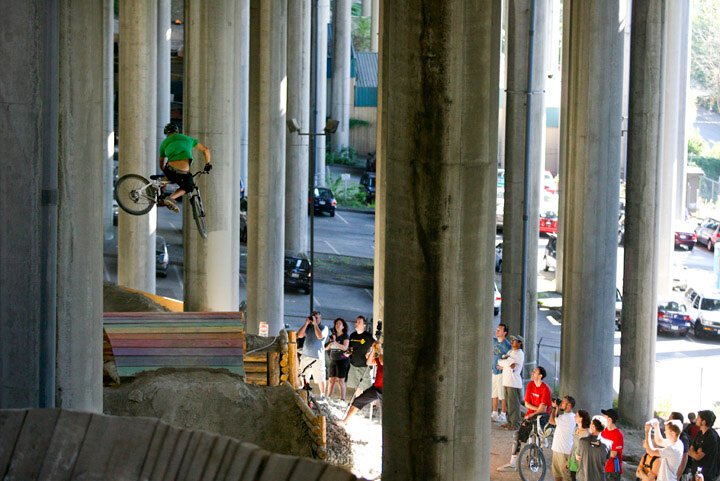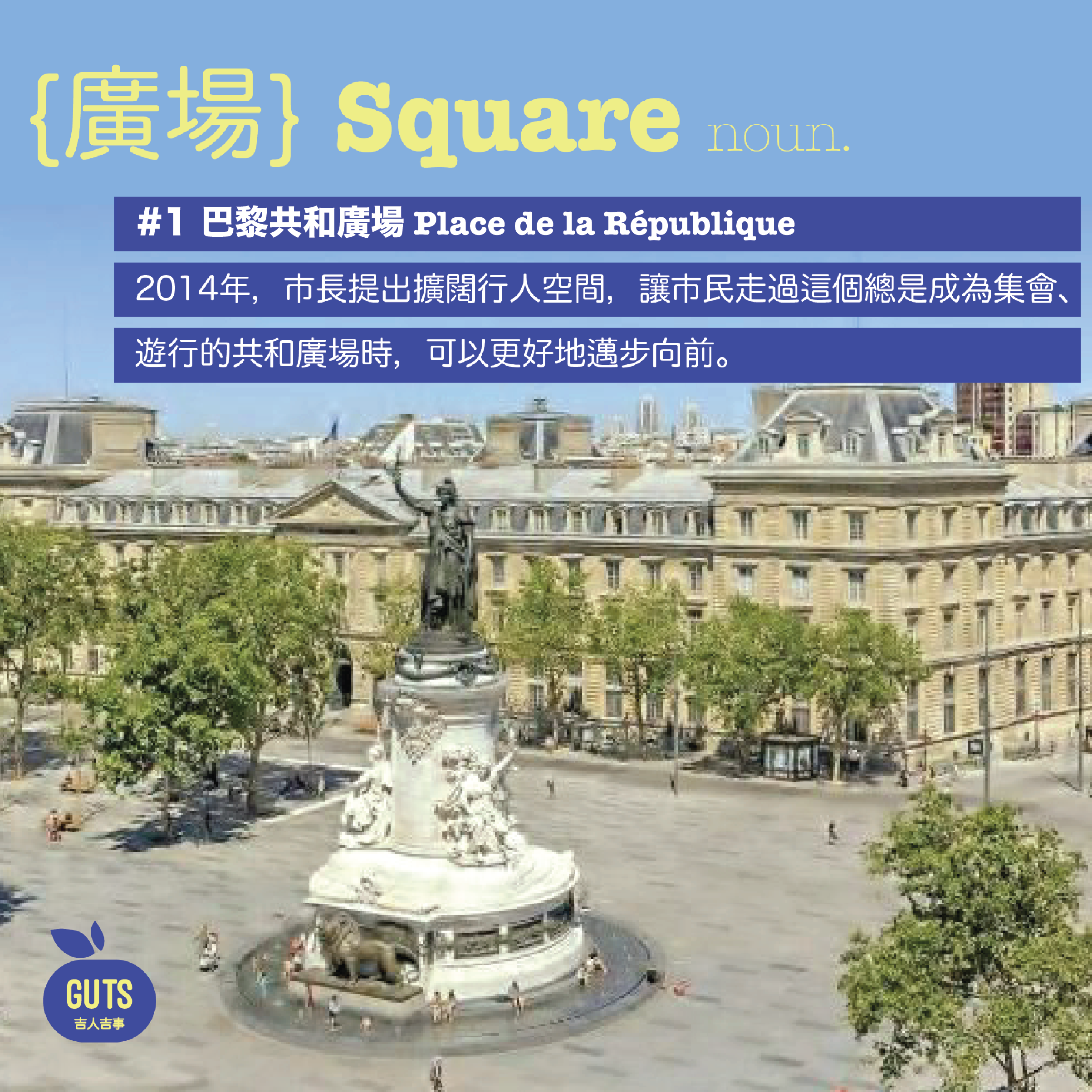歐洲吉事:填海以外,與海共居?|GUTS IN EUROPE: Live with the sea, not filling the sea










面對空間有限、但人口不斷膨脹的問題,香港很早就開始向上發展、建造高樓大廈。不過,當高聳入雲的大廈,早已在陸地上建得密密麻麻,除了填海,海洋作為這個海港城巿最重要的空間資源之一,它可以幫助解決土地問題嗎?
不止香港面對這個問題,尤其全球最大的城巿,有九成都在有河流或臨海的城巿。近年,愈來愈多吉人,包括建築師和城巿規劃者,著手構思及試驗「漂浮建築物」(floating buildings),嘗試在毋須填海、改變大自然面貌的情況下,把原本在陸地上的人類活動,直接搬到水上。
荷蘭是其中一個積極發展漂浮城巿的國家,背後的動力源自它們的人口未必像香港般密集,但全球暖化水位上升,令土地面臨被大規模淹沒的危機。2010年,建築師樓Waterstudio率先動工,在南部的韋斯特蘭(Westland)創建歐洲首座漂浮住宅,利用中空的混凝土基座、填入發泡材料,再把房子建在基座上,另外也可用纜繩和支柱固定在岸邊或水上,隨水位升降,同時內部結構也與一般現代住宅無異。
在水上建漂浮住宅,在英國倫敦、丹麥哥本哈根等也有類似的構思,而且看來在成本上也可行。2016年,在倫敦一個試圖找出解決房屋問題的比賽中,有建築師也提出在倫敦建漂浮房屋,當中預算一個兩床單位售價約20萬英鎊,若倫敦的水體包括碼頭、運河和海岸的空間可使用的話,可提供約7500個單位。
不過,既然在水上可以建住宅,是否意味我們可以把城巿裏不同的功能都搬到水上?荷蘭的Waterstudio,就把概念延伸成「city apps」——建築師把都巿結構想像成一部手機,而漂浮的區塊就如手機app,可按需求和功能靈活地移動,在水上新增或刪除;而在這些功能完成使命後,還可以移動至其他城巿或國家再使用。
在哥本哈根,設計師正在計劃在巿中心的水上,建造一個漂浮公園,旨在為城巿提供更多公共空間。這個公園,由一系列的小型漂浮小島或小公園拼湊而成,用途廣泛,例如可以是漂浮花園、漂浮咖啡室,想像力愈豐富,它的可能性就愈大,概念亦與city apps不謀而合,因為漂浮版塊勝在易於移動和拼湊,在需要的時候,例如舉辦大型嘉年華時,可從不同地區的漂浮版塊召集拼湊成更大空間。除了住宅、公園,在馬爾代夫,Waterstudio嘗試過建造漂浮旅館和會議中心,在阿聯酋也探討過漂浮清真寺。
雖然,漂浮城巿的技術,仍需要時間證明是否能經得起各種考驗,如抵擋暴雨和颱風的能力,但至少它提出了,人類在面對生存危機時,除了以破壞大自然的方式解決人類問題之外,還可以用與大自然共存的方法——這在乎建築師和城巿規劃者的設計觀與世界觀,也在乎吉人的想像力有多豐富。
相片來源:網上圖片、waterstudio
地點 : 荷蘭、丹麥、英國、香港
With the population exploding within the finite space, Hong Kong relies on ‘building upwards’ to meet our ever-increasing demand for land. Now that our land is already densely dotted with skyscrapers, it seems natural to seek space through reclamation. While this established method does help with our land shortage issues, is it the best way to utilize the ocean as one of the most valuable resources to this coastal city?
Hong Kong is not in this fight alone – 90% of the world’s largest cities are neighbours with either seas or rivers. In recent years, more and more architects and urban planners experiment with the idea of ‘floating buildings’, hoping to find a sustainable way of development without reclaiming the ocean, which will irreversibly change our natural landscape.
The Netherlands is one of the pioneer countries in this ‘floating’ experiment. While the Dutch population is not as dense as that of Hong Kong, a large area of Holland is threatened by rising sea levels induced by global warming. In 2010, Waterstudio took the lead and built the continent’s first floating home in Westland. The Dutch architecture firm hollowed the concrete foundation of the house and filled it with foam materials. By using anchor lines and pillars, the house was fixated by the coast or above water. Its interiors are no different from regular residences.
Similar floating residences are also found in London and Copenhagen – and they are financially feasible. At a London design competition targeting housing problems in 2016, an architect raised the idea of building floating residences in the British capital and selling a two-room apartment for about GBP200,000. If such constructions would float at London’s piers, canals and promenade areas, the city could provide nearly 7,500 living units.
If we can move our flats onto the sea, why stop there? Waterstudio further developed the concept into a ‘city apps’. By imagining the infrastructure of the city as the screen of a mobile phones, the floating areas become mobile apps – ones that could be moved around, added or deleted based on needs and functions. Once these functions have served their purposes, they can be relocated to other cities or countries for new missions.
In Copenhagen, designers are working on building a floating park amid the city centre, hoping to provide more public space. The versatile park is to be made of a series of small floating patches or mini gardens and serves multiple purposes, such as a floating park, café. The wilder the imagination, the more possibilities there are. Just like the ‘city app’ idea, the modular design offers mobility and infinite combination possibilities. For example, more patches can be put together for a large-scale carnival. Besides residences and parks, Waterstudio even ventured into building a floating hotel and convention centre, even exploring the potential of a floating mosque in UAE.
Promising as it might seem, the technical feasibility of the idea is yet to be tested, e.g. resilience to storms and typhoons. But for the very least it proves that when equipped with design vision, global outlook and wild imagination, fellow GUTSMANS will be able to find alternatives for fulfilling inhabitation needs to the irreversible and destructive act of reclamation.
Photo source: Internet, waterstudio
Location: The Netherlands, Denmark, UK, Hong Kong
你可能對以下吉人吉事有興趣:
You may also be interested in these GUTS Stories:
















